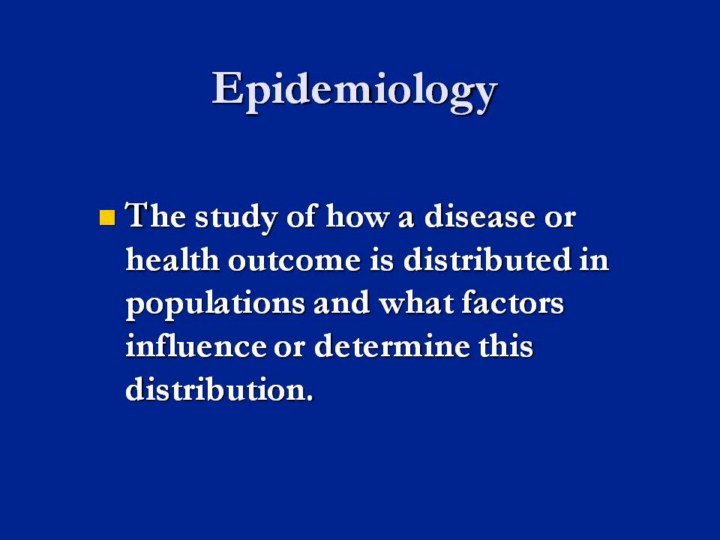| front |1 |2 |3 |4 |5 |6 |7 |8 |9 |10 |11 |12 |13 |14 |15 |16 |17 |18 |19 |20 |21 |22 |23 |24 |25 |26 |27 |28 |29 |30 |31 |32 |33 |34 |35 |review |
 |
There are two fundamental assumptions in epidemiology:
1.Human disease is not
random
2.Human disease has
causal and preventative factors that can be identified through
scientific investigation of different populations or subgroups of
individuals within a population (Hennekens, 1987).
●
The primary goal of epidemiology is to identify the determinants of health and disease to decrease mortality (death) and morbidity (a diseased condition or state) within a population (Kuller, 1987). Physical Activity Epidemiology, therefore, focuses on physical activity within populations and investigates how physical activity levels impact health and disease to decrease mortality and morbidity. Physical Activity Epidemiology typically incorporates both the assessment of physical activity, as well as, intervention efforts focusing on increasing physical activity.
Recommended Readings: Gordis L (2000). Epidemiology (2nd ed.). Philadelphia, PA: W.B. Saunders Company.
Hennekens CH, Buring JE (1987). Epidemiology in medicine. Boston: Little, Brown: 3-15.
Kuller LH (1987). Relationship between acute and chronic disease epidemiology. Yale Journal of Biology and Medicine; 60: 363-377. |